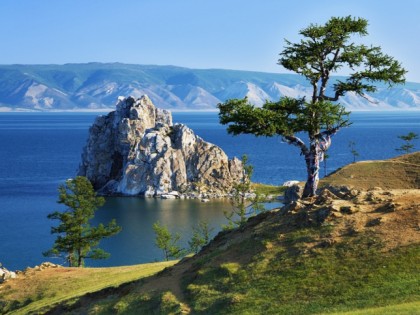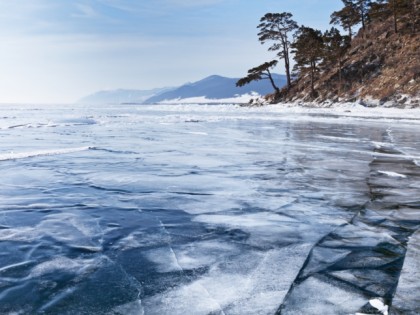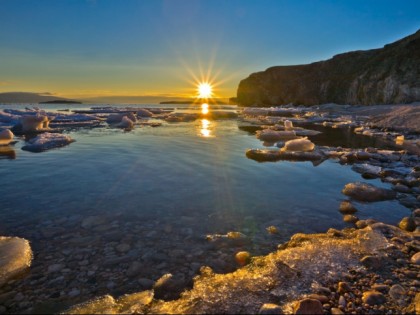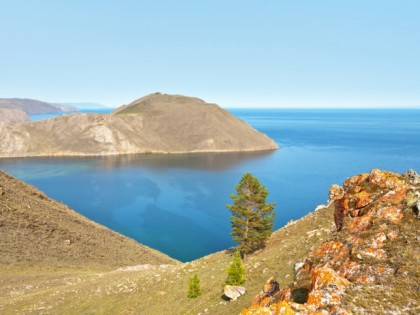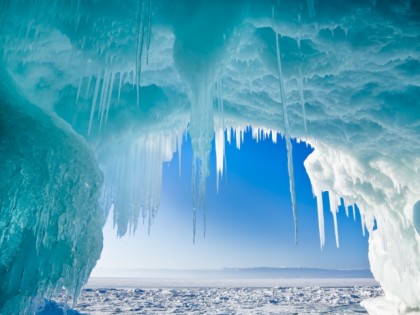Lake Baikal - the Main Treasure of Irkutsk
Lake Baikal is the world’s deepest lake, the area of which is larger than that of some European states. It is a UNESCO World Heritage Site. There are no authentic data about how Baikal was formed, but just a dozen of versions exist. However, it is precisely known that Baikal was mentioned even in the ancient Chinese chronicles, and scientists suggest that dinosaurs inhabited near Baikal.
Lake Baikal is, first of all, a special ecosystem. This is the world’s largest freshwater storage, which you can drink even without treatment! Baikal is home to about 50 species of fish, even visible at great depths due to the purity of water. It is allowed to swim in Lake Baikal, but only in shallow water where it manages to warm up, though not always. You will also get some gastronomic impressions from visiting the lake: make sure to taste here the smoked omul, honey cedar nuts, various dishes from local berries - cranberries, blueberries and red bilberries. You will also find a lot of interesting places around the Baikal: the Shamanka rock which is considered sacred, the Kobylya Golova Peninsula with an unusual jagged relief, the Peschanaya Bay with a “stilted” forest, in which the roots of the trees are bare a few meters, so that the larch-trees and pines look like walking.
Part of the Baikal water area is included in the Barguzin Nature Reserve. There are about 30 islands on Lake Baikal, the largest and the most famous of which is Olkhon. It is renowned for hosting the World Shamans Festival, and also for its natural beauties. Another popular place of Lake Baikal is the Ushkanii Islands archipelago, a large rookery of seals. You can get to Lake Baikal from Irkutsk by the Circum-Baikal Railway. A nice superstition is associated with such a trip: you need to make a wish at entrance to the tunnels and hold your breath until the train moves out to the open area.
